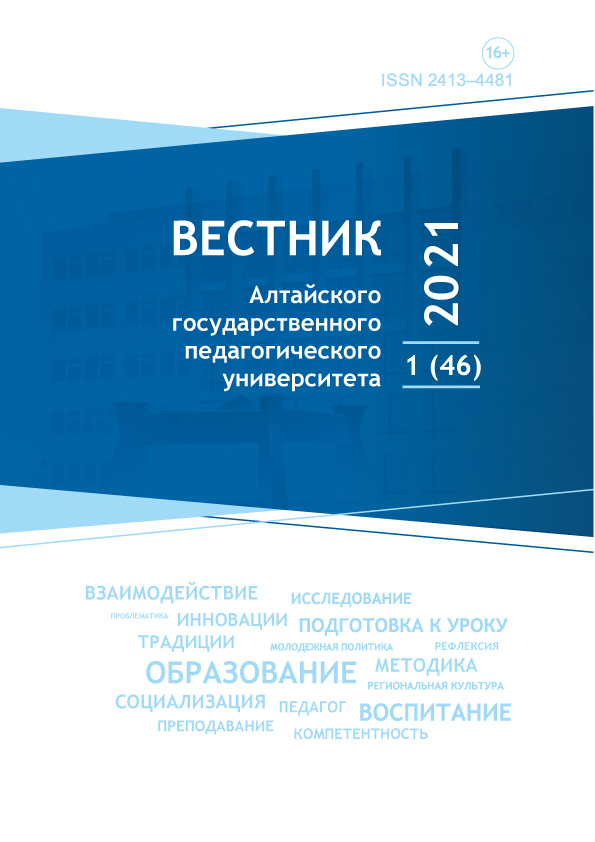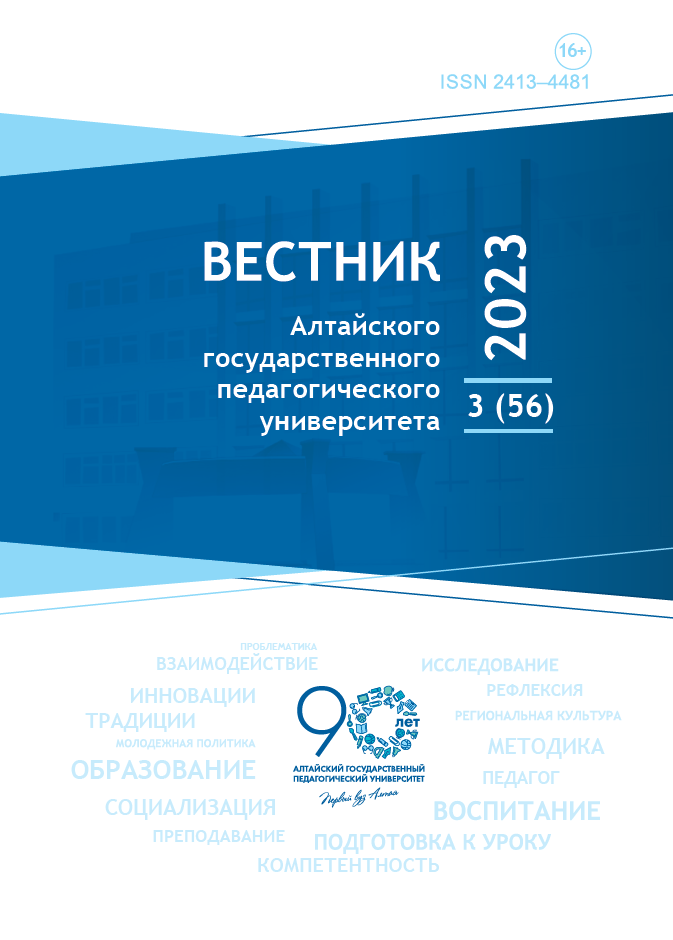MEDIEVAL INTELLECTION AMONG MODERN MONGOLS
DOI:
https://doi.org/10.37386/2413-4481-2021-1-105-111Keywords:
Mongolia, medieval intellection, religiosity, identity, Genghis Khan, nomadismAbstract
The seemingly distinctive and original sided observer bizarre interleaving in Mongolia elements of the nomadic culture and the results of modern aggressive westernization is the true sociocultural specificity of the country. It boils down to the sustained turning of the Mongols, as individuals and as a nation, to the medieval era of its history associated with the classical period of the Empire's existence. Such an appeal occurs throughout the diversity of social, cultural, political and economic practices of the population. As an explanatory model of what is happening, the concept of medieval intellection as one of the characteristics of the national identity is proposed.References
Бердяев Н. А. Новое средневековье. Размышление о судьбе России и Европы. М.: Феникс, 1991. 81 с.
Эко У. Средние века уже начались. URL: http://anthropology.ru/ru/text/eko-u/srednie-veka-uzhe-nachalis (дата обращения: 28.10.2020).
Гюзелев В. Апология на Средновековието. София: Класика и стил, 2004. 170 с.
Жуковская Н. Л. Культурные контакты Монголии с востоком и западом // Проблемы алтаистики и монголоведения: материалы всесоюзной конференции. Вып. 1. Элиста: НИИ языка, литературы и истории при Совмине Калмыцкой АССР, 1974. С. 174-182.
Munkh-Erdene L. The Mongolian nationality lexicon: From the Chinggisid lineage to mongolian nationality (from the seventeenth to the early twentieth century) // Inner Asia. 2006. Vol. 8, № 1. P. 51-98.
Skrynnikova T. D. Neotraditionalism in self-identification in modern Mongolia // International Journal of Humanities and Cultural Studies. 2015. Р. 1670-1680.
Ассман А. Распалась связь времен? Взлет и падение темпорального режима Модерна. М.: НЛО, 2017. 272 с.
Неретина С. С. Средневековое мышление как стратегема мышления современного // Вопросы философии. 1999. № 11. С. 122-150.
Неретина С. С. Тропы и концепты. М.: ИФ РАН, 1999. 278 с.
Де Либера А. Средневековое мышление. М.: Праксис, 2004. 368 с.
Ванина Е. Ю. Средневековое мышление: индийский вариант. М.: Восточная литература, 2007. 376 с.
Сабиров Р. Т. Монгольский буддизм в XXI в.: в процессе конструирования // Государство, религия, церковь в России и за рубежом. 2020. № 1 (38). С. 86-105.
Хөдөлмөр эрхлэлт, хөдөлмөрийн дутуу ашиглалт, дундаж цалин. URL: http://1212.mn/stat.aspx?LIST_ID=976_L04 (дата обращения: 28.10.2020).
Монголы в зеркале социологии: сводный сборник результатов исследований. Т. IV. Улан-Батор: ИФ МАН, 2015. С. 167.
Терентьев В. И. Улан-Батор как не-место // Азия и Африка сегодня. 2019. № 4. С. 51-56.
Managing Urban Expansion in Mongolia: Best Practices in Scenario-Based Urban Planning / Kamata T. and other. Washington DC: The World Bank, 2010. 108 p.
Myadar O. Imaginary Nomads: Deconstructing the Representation of Mongolia as a Land of Nomads // Inner Asia. 2011. Vol. 13, № 2. P. 335-362.
Birtalan A. Religion and Mongol identity in the mid-19th century Urga. On the basis of a Mongolian monk’s oral narratives recorded by Gabor Balint of Szentkatolna in 1873 // Quaestiones Mongolorum disputatae. 2012. № 8. P. 25-54.
Downloads
Published
Issue
Section
License
Для публикации статьи в журнале «Вестник Алтайского государственного педагогического университета» автору необходимо заключить лицензионный договор с федеральным государственным бюджетным образовательным учреждением высшего образования «Алтайский государственный педагогический университет» (ФГБОУ ВО «АлтГПУ»).



